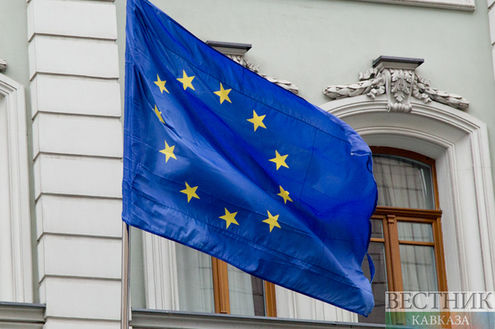Pavel Martynov, exclusively to VK
Sea transport is considered the most effective way to deliver cargo, but not in Russia. Its navy and infrastructure continue to experience a difficult period not only because of the technical condition of ships, but also because of the loss in the 1990s after the collapse of the Soviet Union of the Baltic Sea ports of the Baltic republics, the Black Sea and Azov in Ukraine and Georgia and the Caspian Sea in Azerbaijan, Turkmenistan and Kazakhstan.
Recently it was reported that Russia intends to offer Kazakh companies, transporting their cargo through Ukraine and the Baltic states, to invest in the construction of the port of Taman. Taman port (as well as Azov, Eysk, Novorossiysk, Taganrog, Sochi, Tuapse) belongs to the Black Sea-Azov basin, which has quite a favorable geographic position, with access to Europe and the Middle East. The North Caucasus, as well as the Central, Volga and Ural economic regions can use it
However, the port infrastructure is in a poor condition. The ports of southern Russia are in second place after the Baltic Sea in terms of turnover, and every year the volume of traffic increases. For example, experts estimate that by 2030, the need for transshipment of dry cargo in the ports of the Southern Federal District alone will reach 150 million tons, which is almost twice more than the current level.
Recently, President Putin met in Novo-Ogaryovo with heads of the ministries concerned and told them that they now have to increase the capacity of the port infrastructure in the Black Sea region with the growth of the needs of the regions and the entire national economy, as well as the growth of export and transit, including particularly within the framework of integration associations - the Customs Union and the Common Economic Space.
"Even now, the terminals are at the limit of their capacities. These infrastructure limitations constrain the increase in international trade and transit traffic in the southern direction”, Putin said. “It limits the growth of infrastructure in the economy itself. Companies have to use foreign ports, and hence suffer from additional costs. For Russia it is a direct loss of revenue. "
The potential of increasing capacity of the ports of Novorossiysk and Tuapse is limited. "We have to think about removing infrastructure constraints. We should simultaneously make everything necessary, including the use of modern models of public-private partnership. "
According to the Minister of Transport Maxim Sokolov, the volume of cargo handling in the Azov-Black Sea basin is one third of Russian cargo ports, but their capacity is almost completely depleted. The quality of this handler is decreased. In southern Russia there are 12 ports, but only three of them provide a basic turnover.
Novorossiysk provides today almost two-thirds (66%), Tuapse - about 10%, and Rostov-on-Don - about 6% of the total turnover. The remaining 9 ports provide, respectively, only 17% of the total, and although in each port there are some investment plans, there are no significant prospects for their development, as most of them are located either in the shallow areas or in the center of towns.
The largest Russian port of Novorossiysk has exhausted its possibilities for growth. "However, according to the federal program, we have the funds for its modernization and development, including the development of outer rail and road infrastructure, in total up to 2020 in the amount of 120 billion rubles, of which about 50 billion rubles are from the federal budget and, accordingly, about 70 billion rubles, a little more – from private investors ", Sokolov said meaning the construction of new terminal facilities.
After 2020, the federal government will provide funds for the development of the railway approaches in general to the Krasnodar Territory.
According to the head of Russian Railways Vladimir Yakunin, "in 2012, in the direction of the Azov-Black Sea ports 62.4 million tons of cargo were transported; the growth of the previous period is 11 percent. That is, the tendency of increase in traffic is certainly present ... But to transport the declared goods, we need to invest a total of 166 billion rubles, and these are estimates to 2020, the figure is agreed. Of these, 72 billion rubles are present today in the long-term investment program of Russian Railways, but 88 billion - that's the money which should come from the federal program. It all depends on the synchronization of allocating means, because this is the case, when starting and then pausing due to the fact that something will develop faster simply may not be realistic. "
The most interesting project promises to be the development of the port of Taman, which “Vestnik Kavkaza" will cover in the next article.






